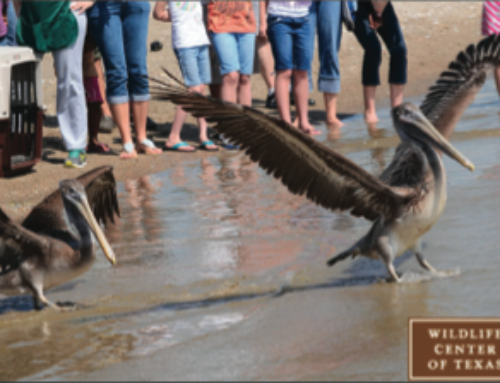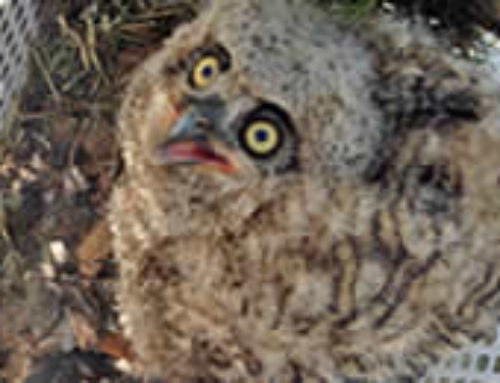 Our dogs bring us all sorts of items; balls, newspaper, slippers and alligators! Imagine your surprise when your loving, faithful dog proudly drops a baby alligator at your feet. In the wetlands of Florida this isn’t an unusual occurrence, but in Texas the population of alligators is still low enough that personal interaction is usually limited. The big exception is Brazos Bend Park where the alligators are too numerous to count. Click here to learn more about this unique park. They are very visible on bright days during the fall and winter as they warm themselves in the sun.
Our dogs bring us all sorts of items; balls, newspaper, slippers and alligators! Imagine your surprise when your loving, faithful dog proudly drops a baby alligator at your feet. In the wetlands of Florida this isn’t an unusual occurrence, but in Texas the population of alligators is still low enough that personal interaction is usually limited. The big exception is Brazos Bend Park where the alligators are too numerous to count. Click here to learn more about this unique park. They are very visible on bright days during the fall and winter as they warm themselves in the sun.
The American alligator is a textbook case of how protection of a species can allow it to recover from extinction. In 1967 it was determined that alligator would become extinct in much of its territory if intervention did not occur and it was placed under protection six years before the landmark Endangered Species Act. U. S. Fish and Game working with state agencies enforced this protection and with the help of alligator farms has allowed the populations to recover. It is one of the few species that has moved from the endangered list to the threatened list.
Because of the alligator’s protected status the Wildlife Center contacted Texas Parks and Wildlife to inform them that we had one in our possession. It is not unusual for the Wildlife Center to receive species that must be declared to Texas Parks and Wildlife. Based on the size, we estimate that it was hatched this spring. The alligator will be over wintered and released in the spring when prey is plentiful and he won’t look as tasty.
It is estimated that 80% of hatchlings do not survive to the breeding age of about eight years (6 – 7 feet in length). Once the length of four feet is attained, the hatchling is safe from just about everything except other alligators. On an alligator farm, the newly hatched babies can grow to a size in 15 months what it would take 4 – 5 years in the wild. When released at that size, the survivability rate is much greater.
Alligator farms are highly regulated by federal and state agencies. They were instrumental in saving the species by removing the pressure of poaching and in conjunction with the appropriate authorities replenished the wild stock. Why risk the consequences of poaching when you can buy everything you want at a low cost in the next county?
Female alligators build brushy mounds held together with mud to lay their eggs each spring. Once the eggs have been laid, the female will cover the nest by even more brush. Heat generated by the decomposing vegetable material incubates the eggs. Unlike most animals whose sex is determined by genetics alone, the alligator’s sex is determined by the incubation temperature. Warmer nests produce males and cooler females. Sometimes a few babies of the opposite sex can be found, but usually the entire nest is all male or all female.
Very little information is available about the family structure of alligators. Yes, family structure! Research at the Savannah River Ecology Laboratory in South Carolina has learned that 70% of females choose to remain with their mate, often for years. The female will actively protect the nest for the two months of incubation. When the babies begin to hatch they emit a high pitched cry that causes the female to dig them out. She will continue to protect the babies for the next five months or more. The Savannah River Ecology Laboratory has routinely seen this protection extend for 2 or more years.
We will never know the misadventure that brought the alligator and the dog together, but the Wildlife Center will provide the happy ending. So, what should you do if you see an alligator? Nothing, just walk away; either it is too small to cause harm (or mom might be nearby) or it is large enough to be a problem. Either way, it is best to just walk away. Children and pets should avoid the area. Texas Parks and Wildlife should be contacted if the alligator’s presence becomes a threat.






Leave A Comment